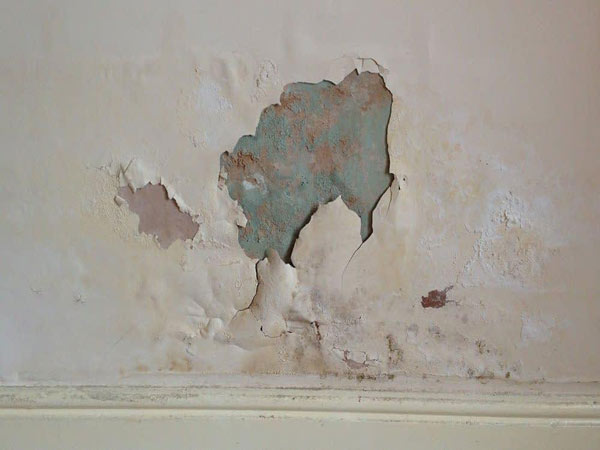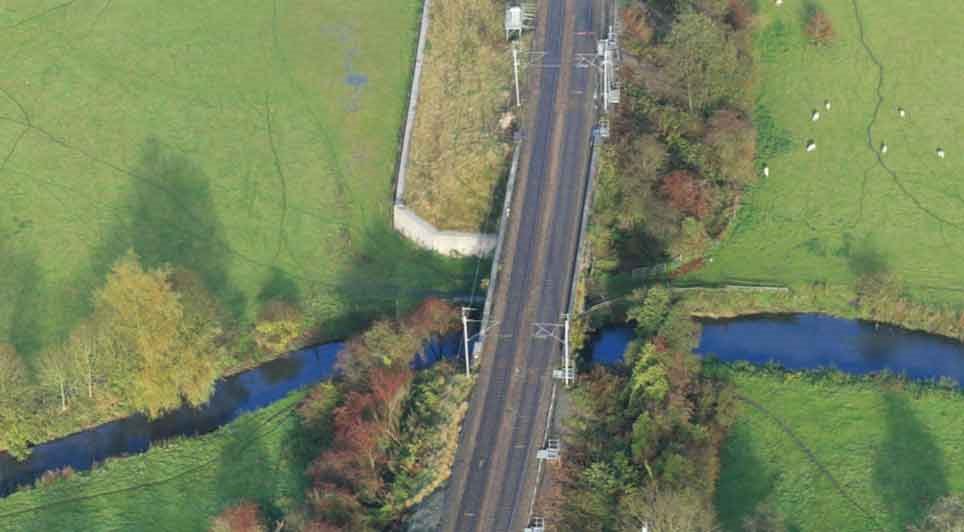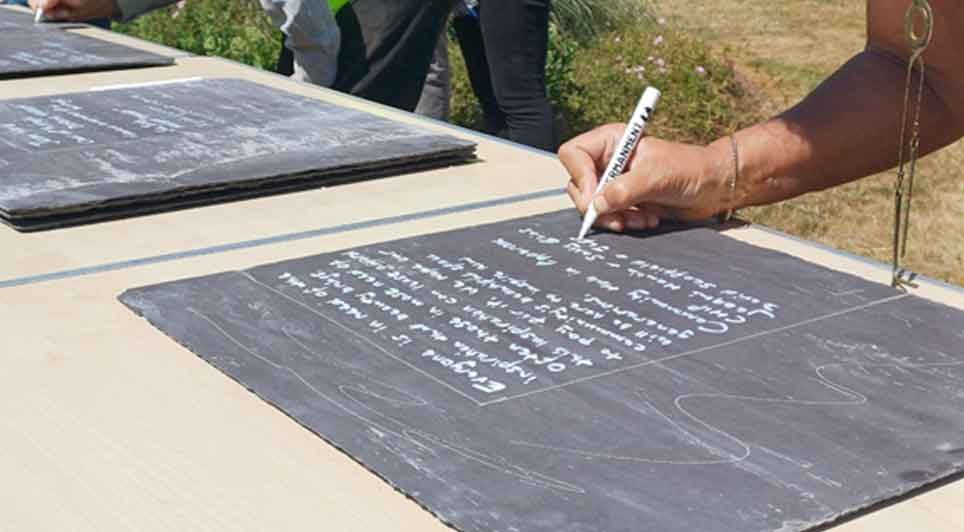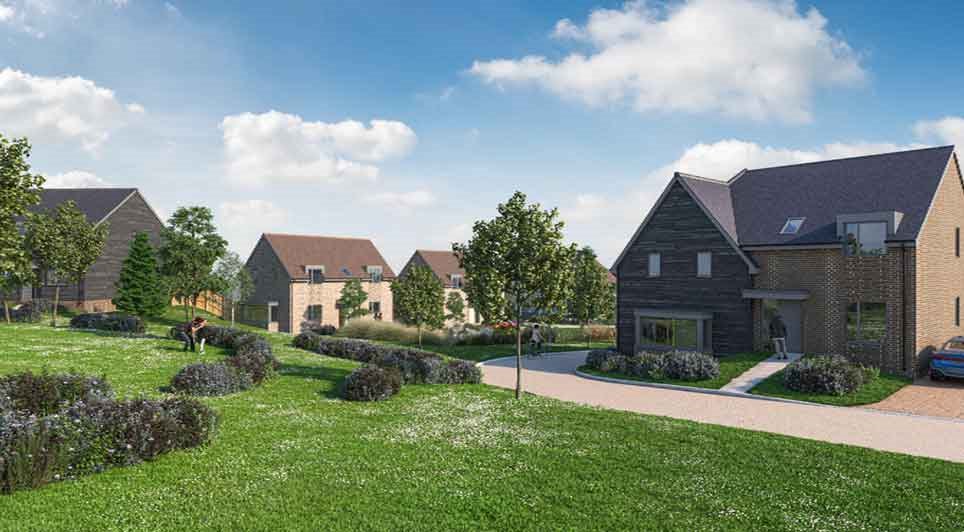Damp in any house or workplace can make your life miserable and uncomfortable, especially if you don’t treat the root cause in a timely manner. There are several reasons for damp in your home. It can occur due to a missing or damaged pipe, or it can arise due to structural damages. However, rising damp mainly occurs due to the rising of moisture from the ground into the walls.
What are the Common Signs of Rising Damp?
Some common signs of rising damp are 'tide lines' or brownish stains on the lower side of your wall just above the skirting board. Similarly, if you notice white, fluffy deposits on your wall, this indicates the presence of ‘salts’ which the rising damp has carried out of your bricks and into your wall. In some cases, you may see Black mould spots on the damp areas around your wall; this also indicates rising damp.
Some other common signs of rising damp are:
The paint does not stick to the wall.
Damaged wallpaper.
Tide marks and white stains on the walls.
Mould spots on walls, clothing, shoes, etc.
Discoloration
Skirting and floorboards rot.
Mortar falls out between the wall and stonework.
Rising Damp on bottom of walls
Mostly, you will notice rising damp on the bottom of your walls. You will see Rising damp tide marks on the bottom of your walls that can reach up to a meter just above the skirting board. In some severe cases, the damp can go beyond this level.
The damp's reach depends on many factors, such as the wall’s pore structure and the rate of evaporation. The damp will rise higher in the buildings with a high proportion of pores than those with fewer pores.
The water also contains ground salts that also appear on the bottom of the wall. Usually, it happens when the water evaporates. These salts or white stains can damage the paintwork, and you will see white fluffy stuff accumulated on the bottom of the wall.
Most properties are already fitted with a damp proof course (DPC). This damp proof course prevents rising damp to rise from the ground. This is mostly a result of groundwater breaking the existing or old damp proofing course and then rises up the walls. This is called capillary action. Rising Damp can also occur when a DPC in the wall has been broken down.
How to Remove Rising Dampness of Walls in your Property
Wet walls caused due to the rising damp are common in properties, especially in apartments and old residential buildings. Rising damp also leads to molds and other microbes’ buildup and creates an unnatural environment on your property. And it can be harmful to your health.
Walls with rising damp look unsightly, smelly, and can cause severe damages to the paintwork, plaster, and structure if not treated adequately. Furthermore, it can occur anywhere in your house, on the bottom of the walls, around the roof, or floors. Any wall in contact with the surface can suffer from this rising dampness.
Some Recommended Methods To Eradicate Rising Damp
The most common mistake that we make is to cover the damaged spots on the wall with paintwork. But keep in mind, it will never work. Similarly, if your bathroom, kitchen, or any other wall remains wet, it is advised to keep that area dry and well-ventilated.
Damp on the walls also occurs due to chronic condensation issues. There are several remedies and treatments to protect the walls from rising damp, but only a few treatments are reliable.
Having said that, the following are some methods that can help you to eradicate rising damp from your property and on the bottom of the walls.
Damp Proof Course: by far, it is the most reliable approach when you have a rising damp issue. You can use a proper Damp Proof Course (DPC), a layer of damp-proof materials, by removing the bricks near ground level. It is then followed by adding a plastic sheet within the same bricks and substituting the old mortar with the new waterproof mortar.
Repair or change a damp-proof membrane – you can also use damp-proof membranes in the rising damp treatment. Usually, these waterproof membranes are installed after the installation or fixing of a damp proof course. These are also used in new plasterwork. The membrane will easily detach plaster from the salts and other similar contaminants present on your walls.
Re-plaster the damaged area: You can also re-plaster (Not re-paint) the damaged area with a waterproof plaster. Use the “Delivery Tubes” into the bricks’ pores and inject the liquid in the wall through those pores. Then, place the waterproof membrane on the top of the floor. This waterproof membrane will work as a barricade against rising dampness.
Check Leaks: Lastly, and before applying any of the methods mentioned above, check for the leaks and ensure that rainwater does not enter through the wall. Similarly, ensure that all the joints of the drain pipes and other water pipes are tight and proper to prevent leakages. Ensure that all the sanitary and the water fittings around that particular wall are secure and leak proof.
In the end
There can be numerous reasons why rising damp can occur in your walls. Irrespective of the reason, if it continues to rise inside the walls, this can be nasty and lead to the growth of harmful microbes such as black mould. It will also affect the structure of your home. Rising damp can also damage your interior decoration, plasterwork and can be a cause for rot to your wooden items. So, it should be treated timely and never hesitate to seek expert advice.
advanceddamp.co.uk
Construction News
07/07/2021
Dampness Of The Bottom Of The Walls?


11/07/2025
Story Homes has submitted a full planning application to South Ribble Borough Council for a proposed new residential development in Longton, aiming to build on the success of its nearby Longton Grange scheme.
With the majority of homes now sold at Longton Grange, the developer is looking to meet co

11/07/2025
Essar Energy Transition (EET), through its subsidiary EET Property Limited, has completed the acquisition of Thornton Science Park.
The 66-acre site includes purpose-built laboratories, industrial facilities, and office space, and is set to play a central role in EET's ambition to create one of Eur

11/07/2025
Families are preparing to move into four newly completed houses for affordable rent at the Malthouse Meadows development in West Sompting, Adur.
The latest handover marks a key milestone in the delivery of high-quality, energy-efficient homes aimed at addressing local housing needs.
The four fami

11/07/2025
Galliford Try's project team at the Syngenta manufacturing site in Huddersfield has been shortlisted in two categories at the 2025 Constructing Excellence (CE) Yorkshire and Humber Awards, celebrating the success and resilience of a long-standing partnership spanning over two decades.
The team has

11/07/2025
Cambridgeshire County Council has appointed Morgan Sindall Construction to deliver a new secondary school at the heart of the Alconbury Weald development, continuing its investment in the region's educational infrastructure.
The new school, named Alconbury Weald Church Academy, will be run by the D

11/07/2025
Passengers and residents in Stone, Staffordshire, are being urged to prepare for a £7 million-plus package of railway upgrades set to improve safety, performance and long-term reliability on the West Coast Main Line.
The work, scheduled to take place during the summer school holidays, will include

11/07/2025
A ceremonial tile signing has marked a major milestone in the restoration of the historic Pippbrook House, as roof-level works near completion on the Grade II* listed building in Dorking.
Chair of Mole Valley District Council (MVDC), Councillor Roger Adams, led the event, joined by a host of guests

11/07/2025
ACS Construction Group has been appointed Principal Contractor by GE Vernova for a major infrastructure expansion at its Stafford HVDC Transformers facility, part of the company’s drive to support global decarbonisation through advanced transformer technology.
ACS commenced with the Test Supply Bui

10/07/2025
Vistry Group has agreed two major deals with housing provider Abri to enable the delivery of almost 200 affordable homes across Hampshire, marking a significant step forward in addressing local housing needs.
In Funtley, near Fareham, Vistry has completed a simultaneous land acquisition and forward

10/07/2025
Caddick Construction has officially completed its first Midlands project with the handover of Mansion House, a six-storey residential development comprising 58 new apartments, to joint venture partners Urban Splash and Places for People.
Located on the 43-acre Port Loop island alongside Birmingham
 UK
UK Ireland
Ireland Scotland
Scotland London
London











